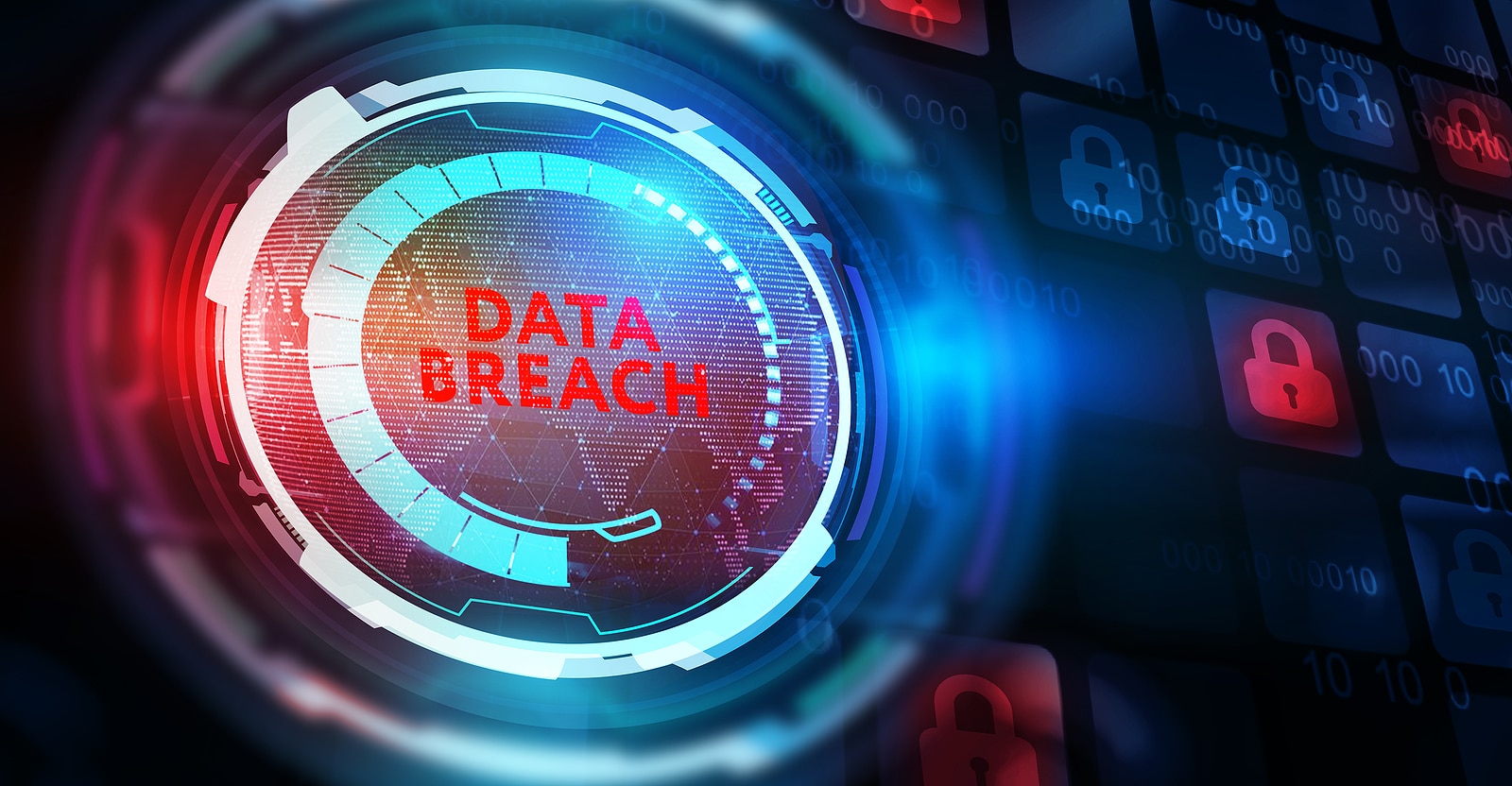The Importance of Effective Information Destruction Practices in Shielding Sensitive Information and Ensuring Computer Safety
In an age where data breaches are increasingly typical, the value of reliable data devastation methods can not be overstated. Organizations face significant risks when delicate details is improperly dealt with, potentially causing unapproved gain access to and severe monetary effects. Implementing robust information devastation techniques not just reduces these threats but additionally straightens with legal conformity needs, guaranteeing that organizations promote their track record and foster client depend on. The concern continues to be: what particular approaches can be utilized to boost these practices, and how can companies effectively incorporate them right into their overall cybersecurity framework?
Understanding Data Devastation
Understanding information devastation is critical in today's digital landscape, where delicate info can conveniently be compromised. Efficient information damage includes not just erasing files but making certain that data is irretrievable via thorough techniques. This process is vital for organizations that take care of private customer details, intellectual home, or inner documents, as any type of violation can lead to extreme monetary and reputational effects.
Information damage encompasses numerous methods, consisting of shredding physical media, degaussing magnetic storage tools, and using software-based options that overwrite data multiple times. Each technique serves a certain function and has to straighten with the sensitivity of the details being gotten rid of. Physical devastation is typically favored for hard drives consisting of highly private data, while software application approaches might be adequate for less sensitive information.
Furthermore, adhering to market standards and guidelines, such as the General Information Protection Regulation (GDPR) or the Wellness Insurance Coverage Mobility and Liability Act (HIPAA), is crucial for conformity and to minimize lawful risks. Organizations should establish a durable information damage policy, train employees on best practices, and consistently examine their treatments to make certain that all sensitive info is taken care of safely and efficiently.
Dangers of Inadequate Practices
Inadequate information destruction methods reveal companies to substantial risks that can have significant repercussions. When sensitive details is not properly thrown away, it remains at risk to unapproved accessibility, which can result in data violations and identification theft. Such occurrences not only compromise the safety of people yet additionally taint the company's online reputation, resulting in a loss of client trust and prospective financial repercussions.
In addition, regulatory compliance is significantly strict in several markets. Failing to stick to data destruction laws can result in substantial penalties and legal actions versus organizations. These charges can draw away and stress financial sources interest from core business operations.
Furthermore, the misuse of residual data can bring about copyright theft or company reconnaissance, jeopardizing affordable advantages (data destruction). The impact of insufficient data destruction extends past prompt monetary losses; it can also result in long-term damage to brand name integrity and market placement

Organizations have to recognize that data safety is not only about preventing breaches; it additionally includes the accountable management of information throughout its lifecycle. Neglecting efficient information destruction protocols can have devastating effects, highlighting the requirement for robust procedures to minimize these dangers.
Ideal Practices for Data Damage
Executing efficient data damage techniques is essential for safeguarding sensitive information and preserving conformity with regulative requirements. Organizations needs to embrace a multi-faceted strategy to make certain that data is irretrievable, therefore stopping unapproved gain access to and possible breaches.
First, information must be classified based on level of sensitivity, allowing organizations to use appropriate devastation techniques customized to the level of risk. For digital data, using software-based data-wiping tools that adhere to industry criteria can properly overwrite existing information. Physical devastation methods, such as shredding or degaussing, are critical for devices that save delicate details, making sure complete removal.
Developing a clear data retention policy is essential, describing for how long different kinds of details should be preserved before devastation. Normal audits of information storage systems are additionally necessary to determine unnecessary or obsolete data requiring elimination.
Furthermore, training staff members on the significance of information destruction and the particular protocols to adhere to fosters a culture of security within the organization. Finally, maintaining documents of data destruction refines gives liability and supports compliance with inner plans and outside policies. By adhering to these finest practices, organizations can substantially alleviate the dangers connected with data direct exposure.
Legal and Conformity Factors To Consider

Failing to conform with these guidelines can cause severe fines, including significant penalties and reputational damages. Organizations must apply a robust data devastation plan that straightens with these lawful structures and provides clear guidelines on the proper methods of information disposal, whether physical shredding or digital cleaning.
In addition, keeping documents of data devastation tasks is vital for showing conformity during audits or examinations. By prioritizing lawful and conformity considerations, organizations can enhance their data safety and security pose and foster trust fund with stakeholders and customers, ultimately contributing to a more safe and secure data administration atmosphere.
Benefits of Effective Information Damage
Reliable data destruction practices prolong beyond simple conformity; they supply considerable benefits to organizations that prioritize them. By ensuring that sensitive information is irretrievably ruined, organizations alleviate the danger of data breaches and the possible monetary effects associated with them. This proactive approach not just safeguards against unapproved accessibility but additionally enhances the overall dependability of the company in the eyes of customers and stakeholders.
Applying durable data devastation methods, such as physical damage of storage gadgets or sophisticated navigate to this website information wiping strategies, adds to the fortifying of an organization's cybersecurity stance. data destruction. It decreases the likelihood of copyright burglary and safeguards proprietary information, consequently maintaining this website a competitive side out there

Verdict
In conclusion, effective data destruction methods are crucial for protecting sensitive information and enhancing general computer safety. Ultimately, a dedication to durable data damage approaches fosters a society of duty, consequently reinforcing a company's cybersecurity stance and maintaining customer count on.
